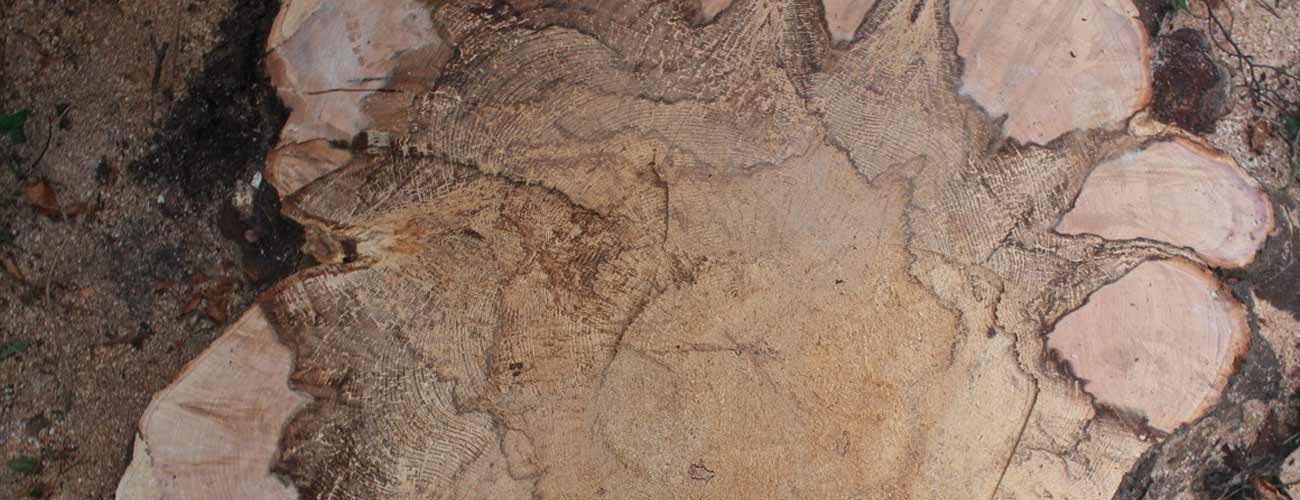

Ash die-back (Chalara fraxinea):- first came to public attention in the autumn of 2012 in unprecedented fashion. Visit Article 1 for full details.
Acute oak decline:- a condition affecting oak trees in parts of England and Wales, in which bacteria, including one species previously unknown to science, are believed to be involved.
Chestnut blight:- a highly damaging fungal disease that was confirmed in sweet chestnut trees in Warwickshire and East Sussex in 2011.
Horse chestnut leaf miner (Cameraria ohridella):- first found in Britain in 2002 in London, this moth's range has expanded to much of England and Wales.
Phytophthora austrocedrae:- Confirmed as the cause of die-back and death in juniper bushes in Northern England in 2011.
Phytophthora kernoviae:- so far confirmed only in Britain, Ireland and New Zealand, and only in a very few trees. However, the fact that it can infect beech and oak, as well as woodland under-storey species such as bilberry and rhododendron, makes it a wider concern.
Phytophthora lateralis:- usually kills most Lawson cypress trees that it infects. First recorded in the UK, in Scotland, in 2010; now present in Devon, Yorkshire, Northern Ireland and Republic of Ireland.
Phytophthora ramorum:- a fungus-like organism which attacks many trees and plants. economically important larch is a host, and large numbers have had to be felled.
Bleeding Canker in Horse Chestnut (Pseudomonas syringae pv. aesculi):- affects many trees of the Aesculus genus. Although this bacterial disease has not had the media attention associated with Ash die-back, in my opinion it could be equally as significant for the UK tree population. Now widespread throughout the country since it was first identified over ten years ago the first symptoms are oozing or 'bleeding' from small areas on the main stem and branches, followed by larger areas of dead or dying bark (often cracks appear in the bark) and ultimately die-back of the crown and death.